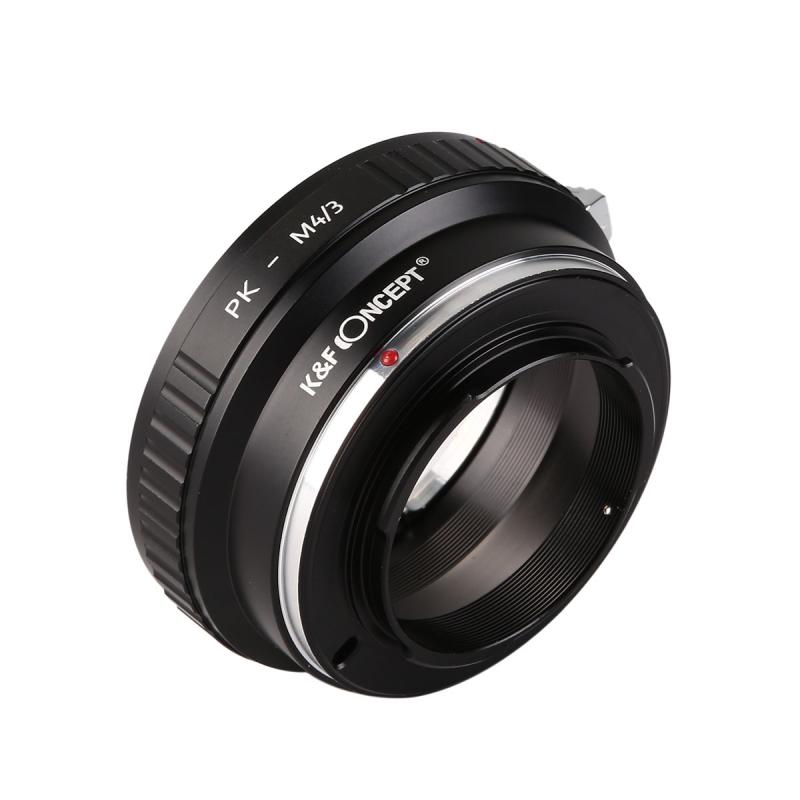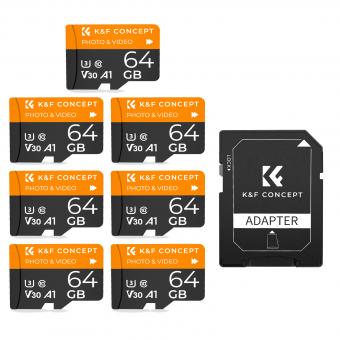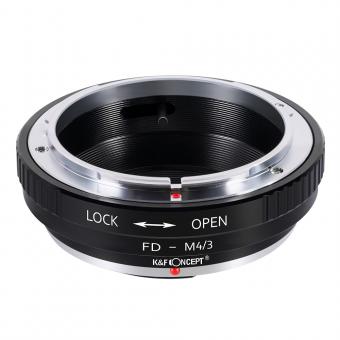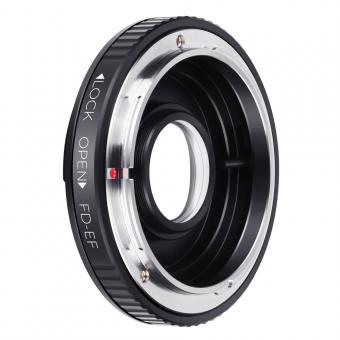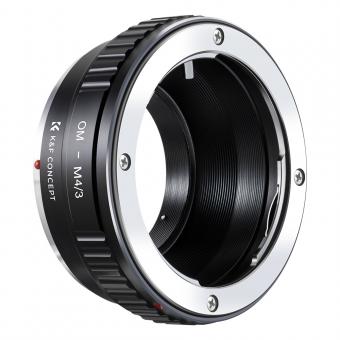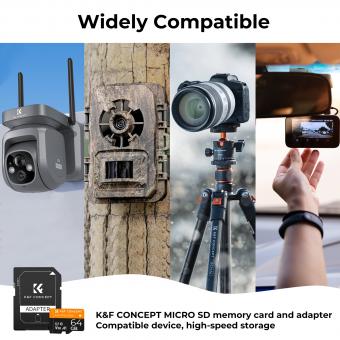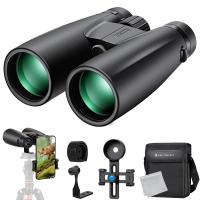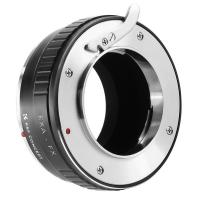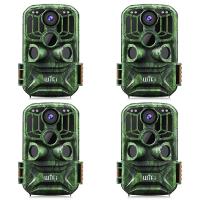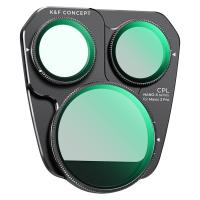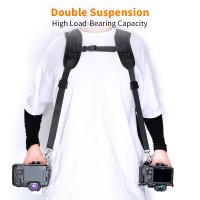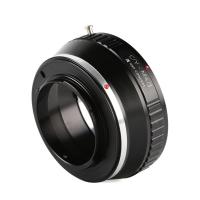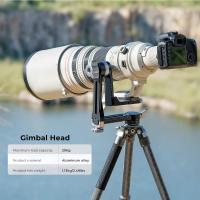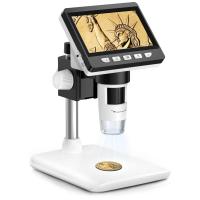What Interferes With Surveillance Cameras ?
There are several factors that can interfere with surveillance cameras, including physical obstructions such as walls, trees, or other objects that block the camera's view. Weather conditions such as heavy rain, snow, or fog can also affect the camera's ability to capture clear images. Additionally, bright sunlight or glare can cause overexposure or lens flare, making it difficult to see what is being recorded. Other factors that can interfere with surveillance cameras include electromagnetic interference from nearby electronic devices, power outages or electrical surges, and intentional tampering or vandalism. To ensure optimal performance, it is important to regularly maintain and test surveillance cameras, as well as install them in strategic locations that minimize potential obstructions or interference.
1、 Weather conditions
Weather conditions can interfere with surveillance cameras in a number of ways. For example, heavy rain or snow can cause the camera lens to become obscured, making it difficult to capture clear images. Similarly, strong winds can cause the camera to shake, resulting in blurry footage. Extreme temperatures can also affect the camera's performance, causing it to malfunction or shut down altogether.
In addition to these physical factors, weather conditions can also impact the quality of the video signal. For example, lightning strikes or power outages caused by storms can disrupt the camera's connection to the network, resulting in lost footage or delayed transmission.
However, advancements in camera technology have made it possible to mitigate some of these weather-related issues. For example, some cameras are now equipped with weather-resistant housing and anti-fogging features to ensure clear images even in adverse weather conditions. Additionally, some cameras are designed to automatically adjust their settings based on the lighting conditions, ensuring that the footage remains clear and visible.
Overall, while weather conditions can still pose a challenge for surveillance cameras, advancements in technology have made it possible to overcome many of these obstacles and ensure that critical footage is captured and transmitted even in adverse weather conditions.
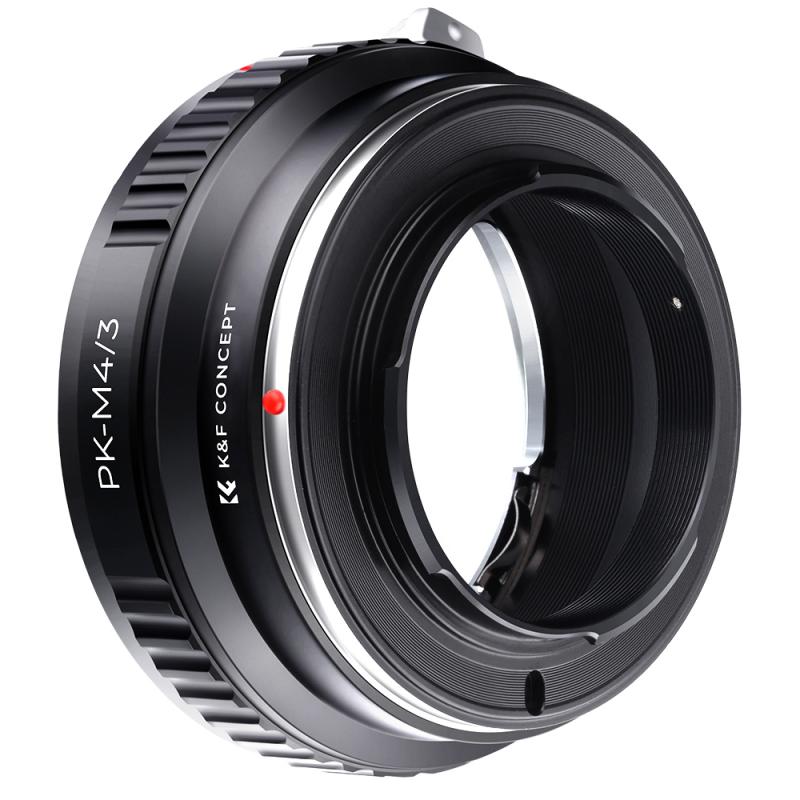
2、 Physical obstructions
What interferes with surveillance cameras? Physical obstructions such as walls, trees, and other objects can interfere with the line of sight of surveillance cameras. This can result in blind spots and reduced coverage, making it easier for criminals to avoid detection. However, advancements in technology have made it possible for surveillance cameras to overcome some of these physical obstructions.
For example, some cameras are equipped with infrared technology that allows them to see in low light conditions and through fog and smoke. Others have pan-tilt-zoom capabilities that allow them to move and adjust their view to overcome physical obstructions. Additionally, some cameras are designed to be mounted on poles or other high structures to provide a better vantage point and reduce the impact of physical obstructions.
Despite these advancements, physical obstructions remain a challenge for surveillance cameras. In some cases, criminals may intentionally place objects in front of cameras to block their view or use reflective surfaces to blind them. As a result, it is important for surveillance systems to be regularly maintained and monitored to ensure that they are functioning properly and providing adequate coverage.
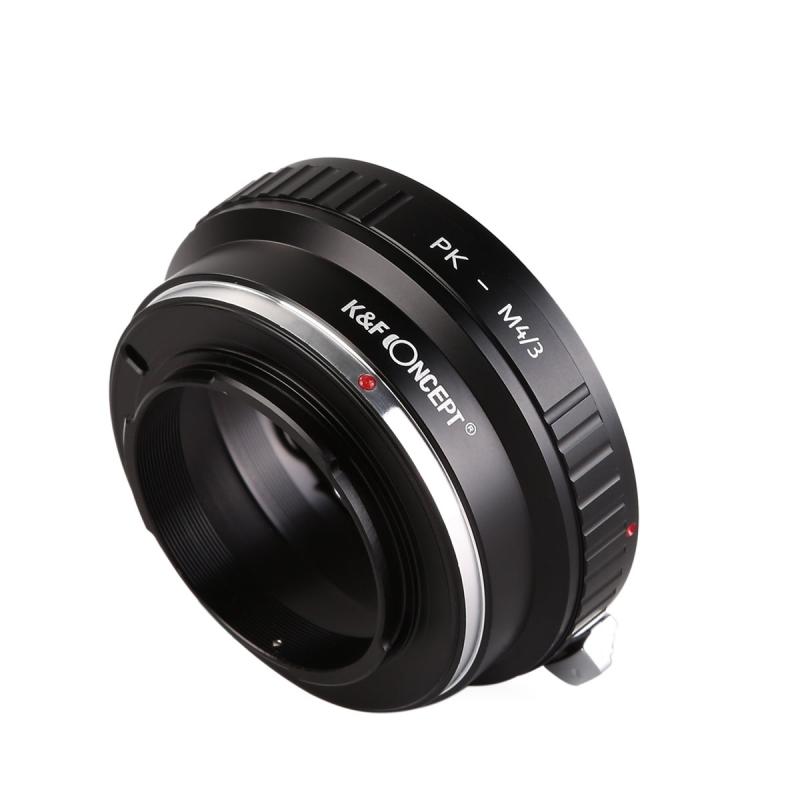
3、 Electronic interference
Electronic interference is one of the most common factors that can interfere with surveillance cameras. This interference can be caused by a variety of electronic devices, including radios, cell phones, and other wireless communication devices. The interference can cause the camera to malfunction, resulting in poor image quality or even complete failure.
In addition to electronic interference, other factors can also interfere with surveillance cameras. For example, weather conditions such as heavy rain or snow can cause the camera to malfunction. Similarly, physical obstructions such as trees or buildings can block the camera's view, making it difficult to capture clear images.
However, with the latest advancements in technology, many surveillance cameras are now equipped with advanced features that can help to reduce the impact of electronic interference. For example, some cameras are designed to filter out unwanted signals, while others use advanced algorithms to enhance image quality in low-light conditions.
Overall, while electronic interference remains a common issue for surveillance cameras, the latest advancements in technology are helping to mitigate its impact. As a result, surveillance cameras are becoming increasingly reliable and effective, making them an essential tool for security and surveillance applications.
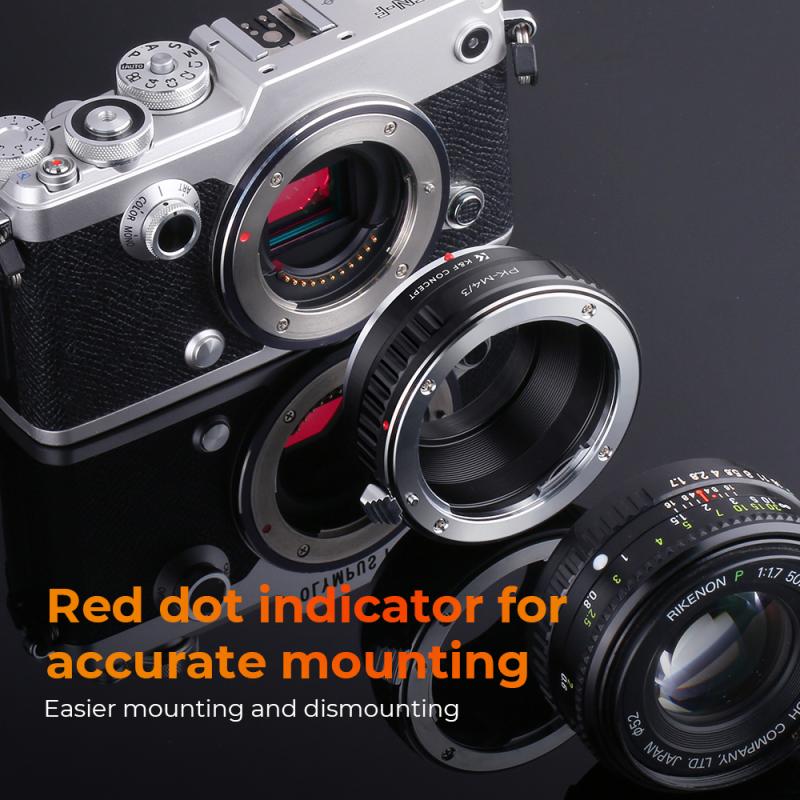
4、 Tampering or vandalism
What interferes with surveillance cameras? Tampering or vandalism is one of the most common factors that can interfere with the functioning of surveillance cameras. Tampering can involve physical damage to the camera, such as breaking the lens or cutting the wires, or it can involve covering the camera with an object to obstruct its view. Vandalism can also include graffiti or other forms of damage to the camera housing, which can make it difficult for the camera to capture clear images.
However, with the advancement of technology, there are other factors that can interfere with surveillance cameras. One of the latest points of view is the use of jamming devices that can disrupt the signal between the camera and the monitoring system. These devices emit radio signals that can interfere with the camera's ability to transmit images and data to the monitoring system. This can make it difficult for security personnel to monitor the area effectively.
Another factor that can interfere with surveillance cameras is cyber attacks. Hackers can gain access to the camera's network and manipulate the camera's settings or steal sensitive data. This can compromise the security of the area being monitored and put people's safety at risk.
In conclusion, while tampering and vandalism remain the most common factors that can interfere with surveillance cameras, the latest point of view suggests that technology-related factors such as jamming devices and cyber attacks can also pose a threat to the effectiveness of surveillance systems. It is important for security personnel to be aware of these potential threats and take appropriate measures to prevent them from occurring.
